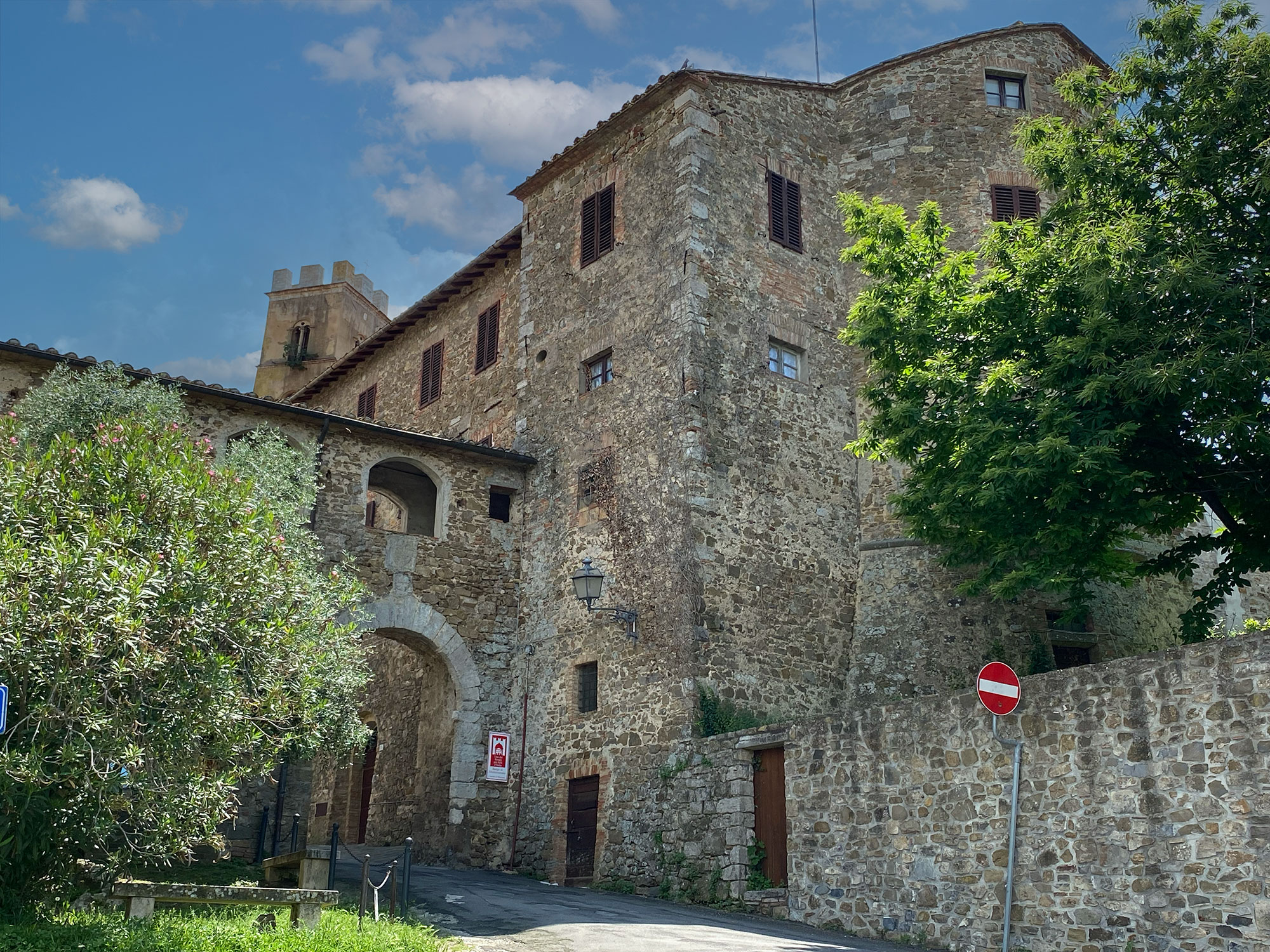

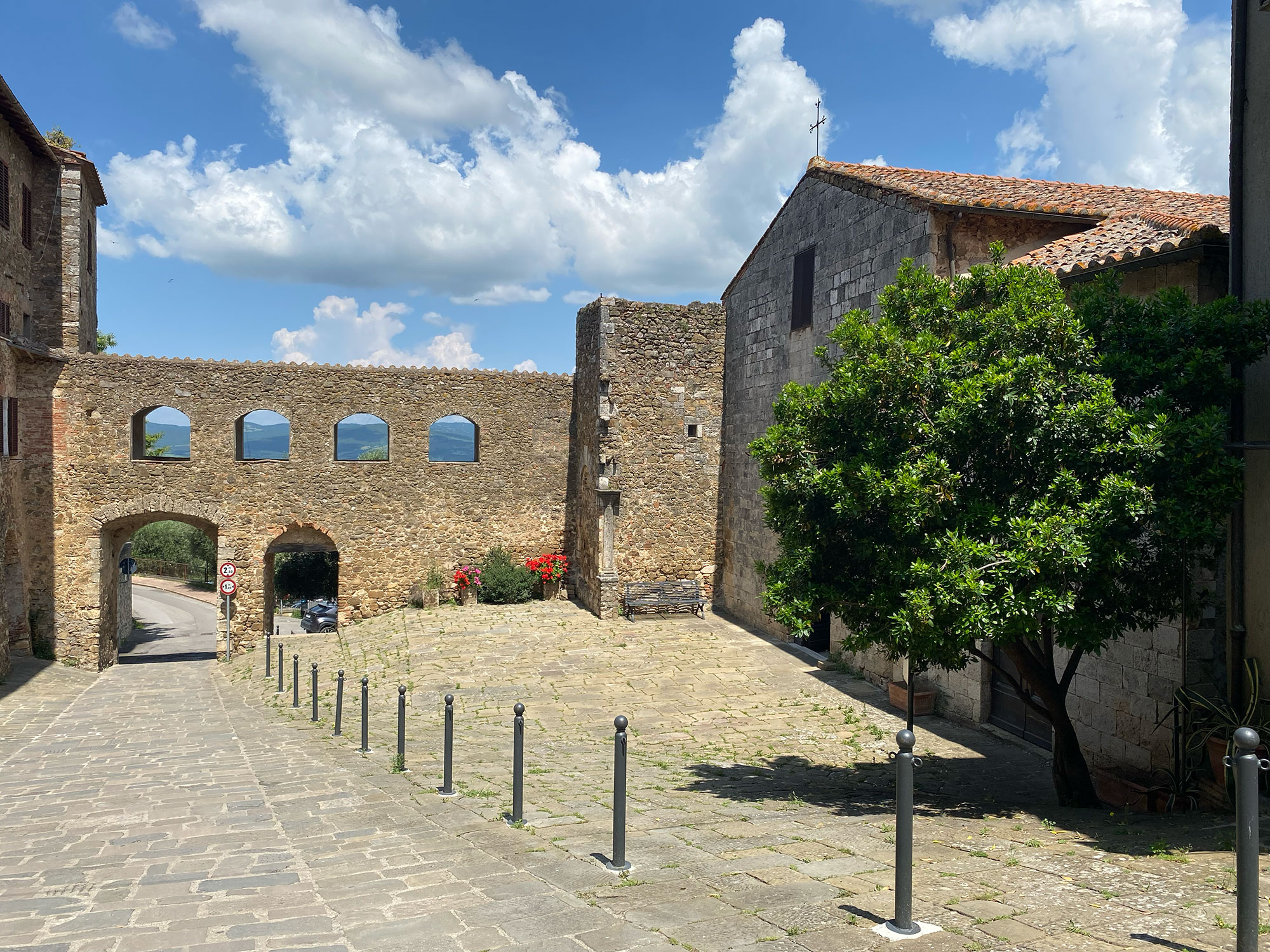
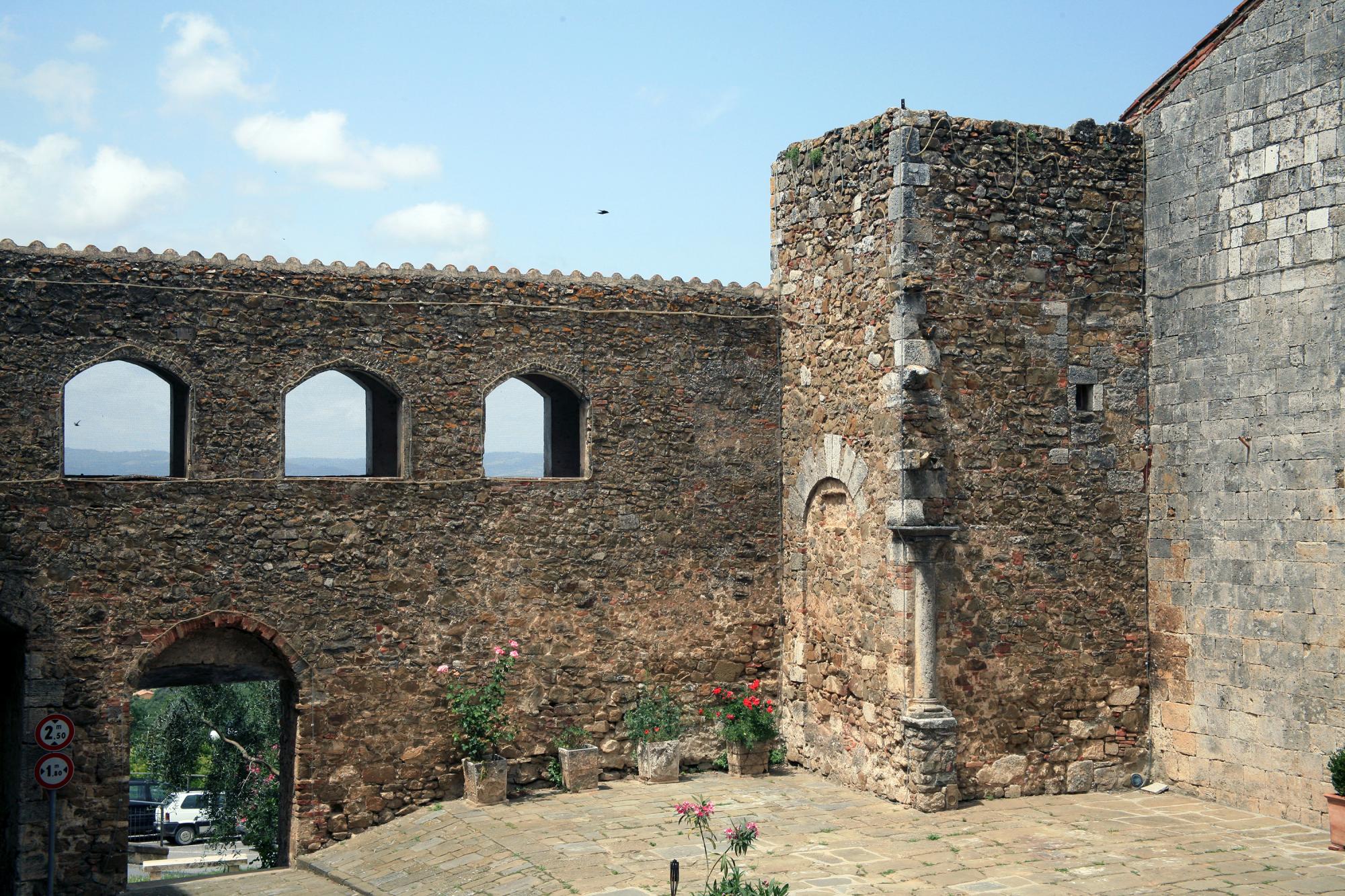
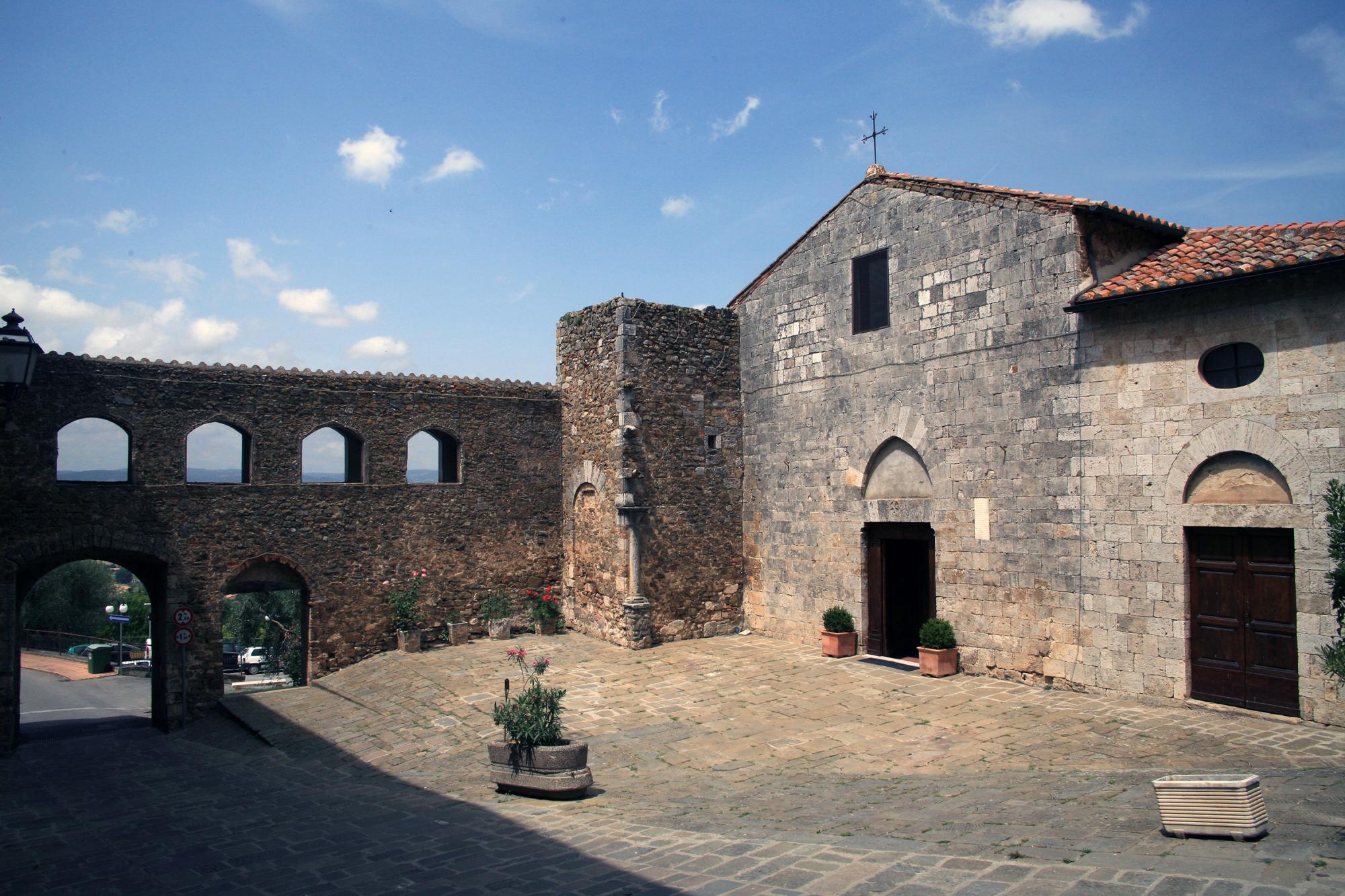

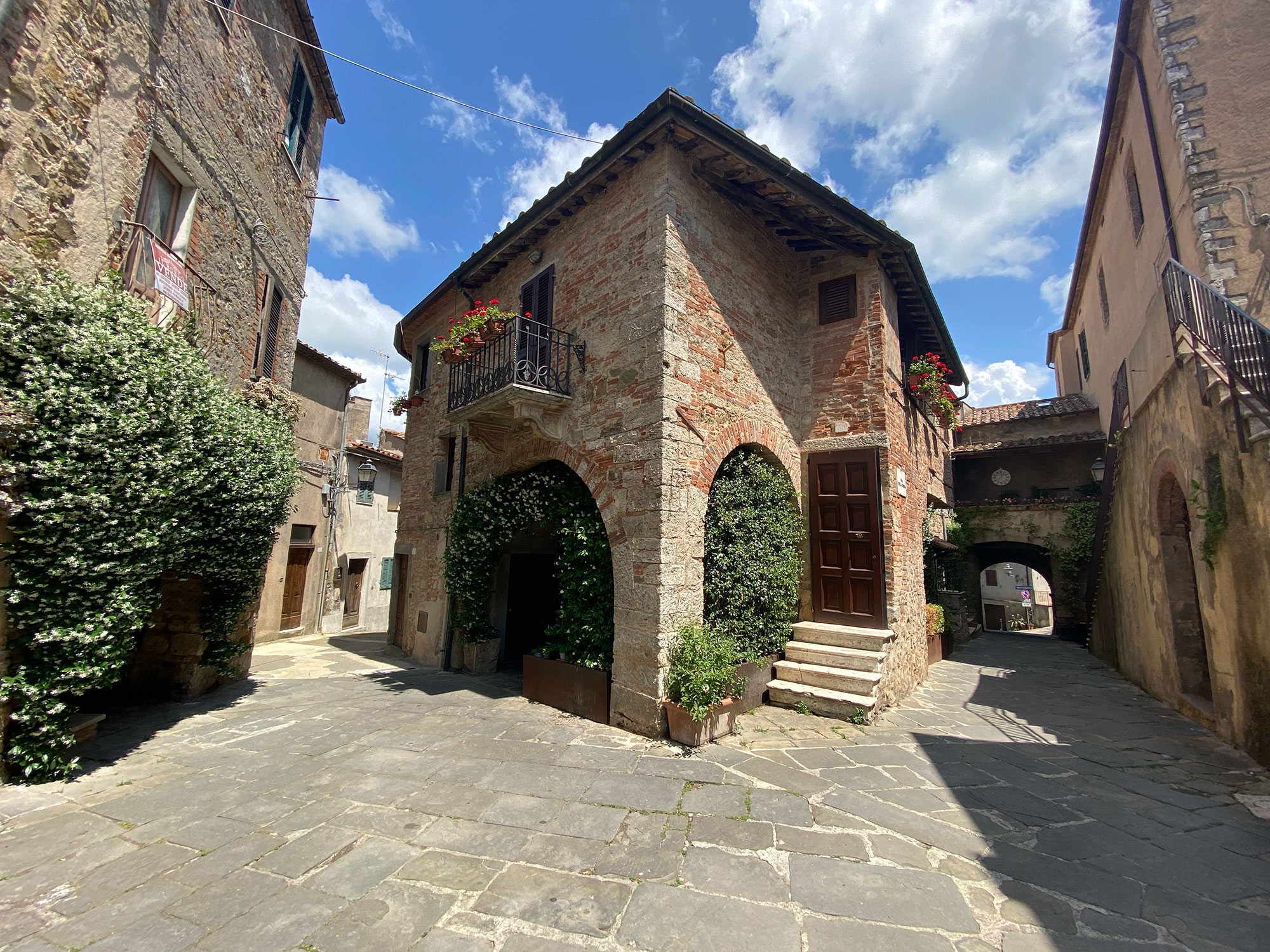

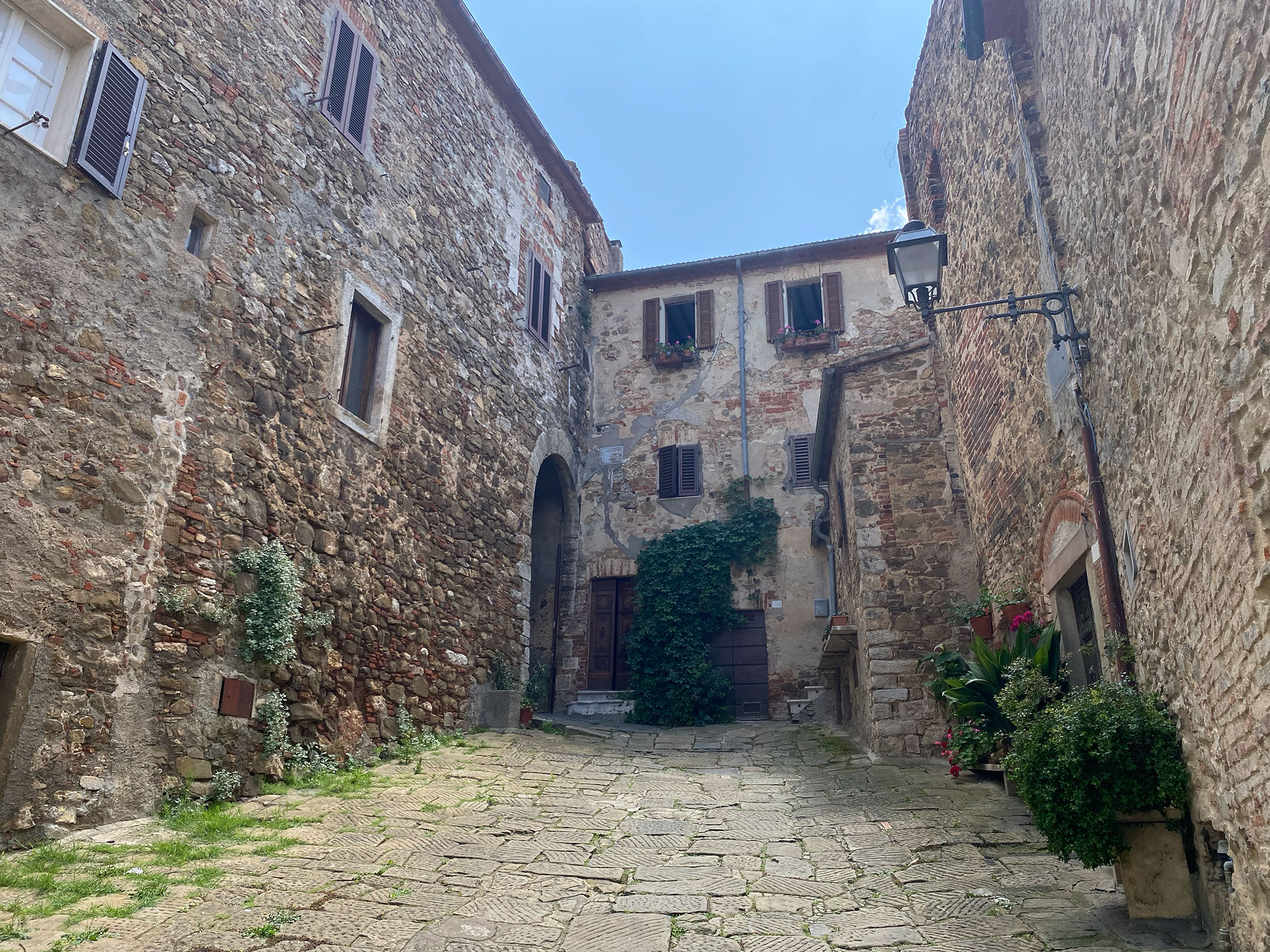
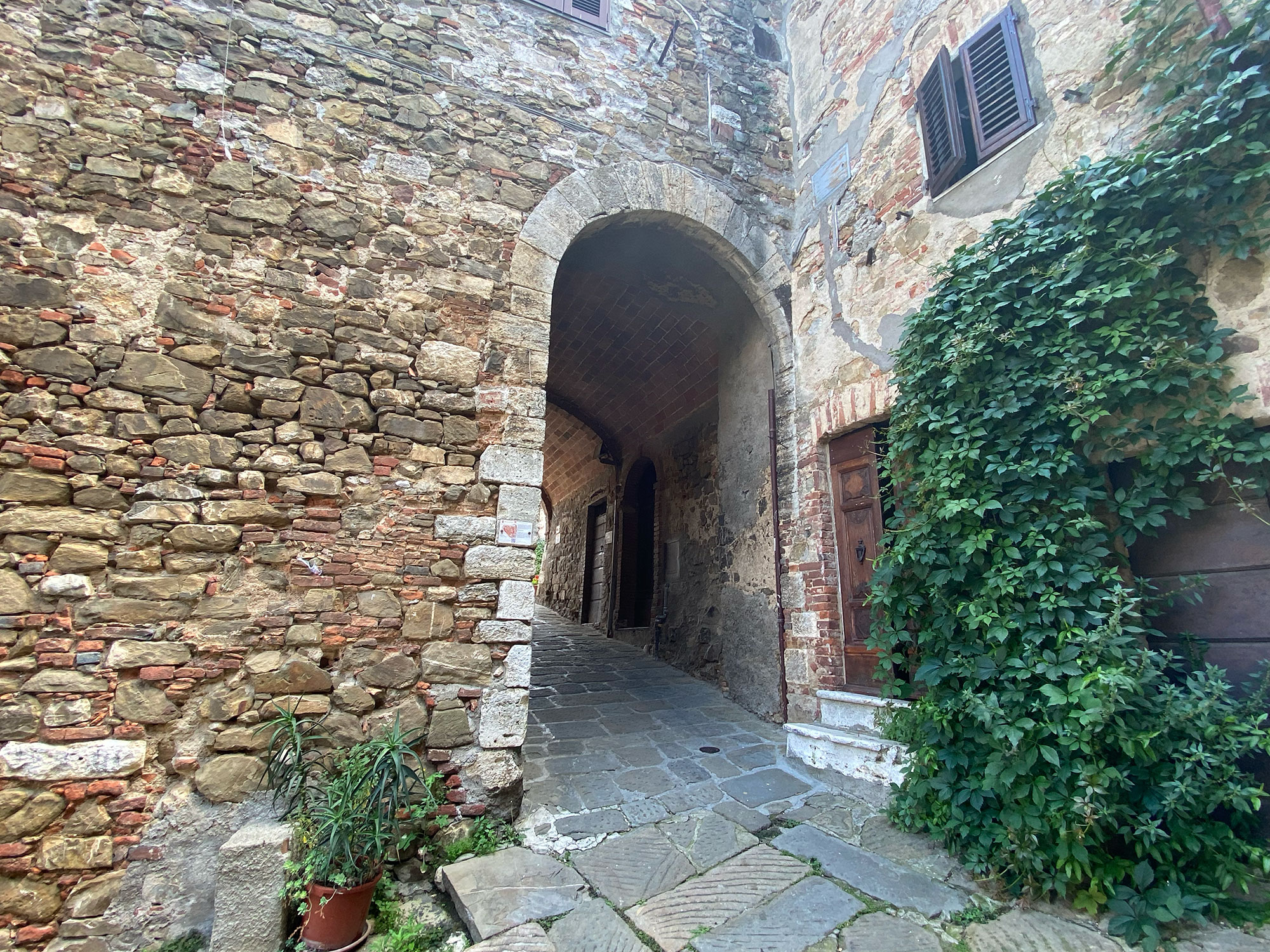
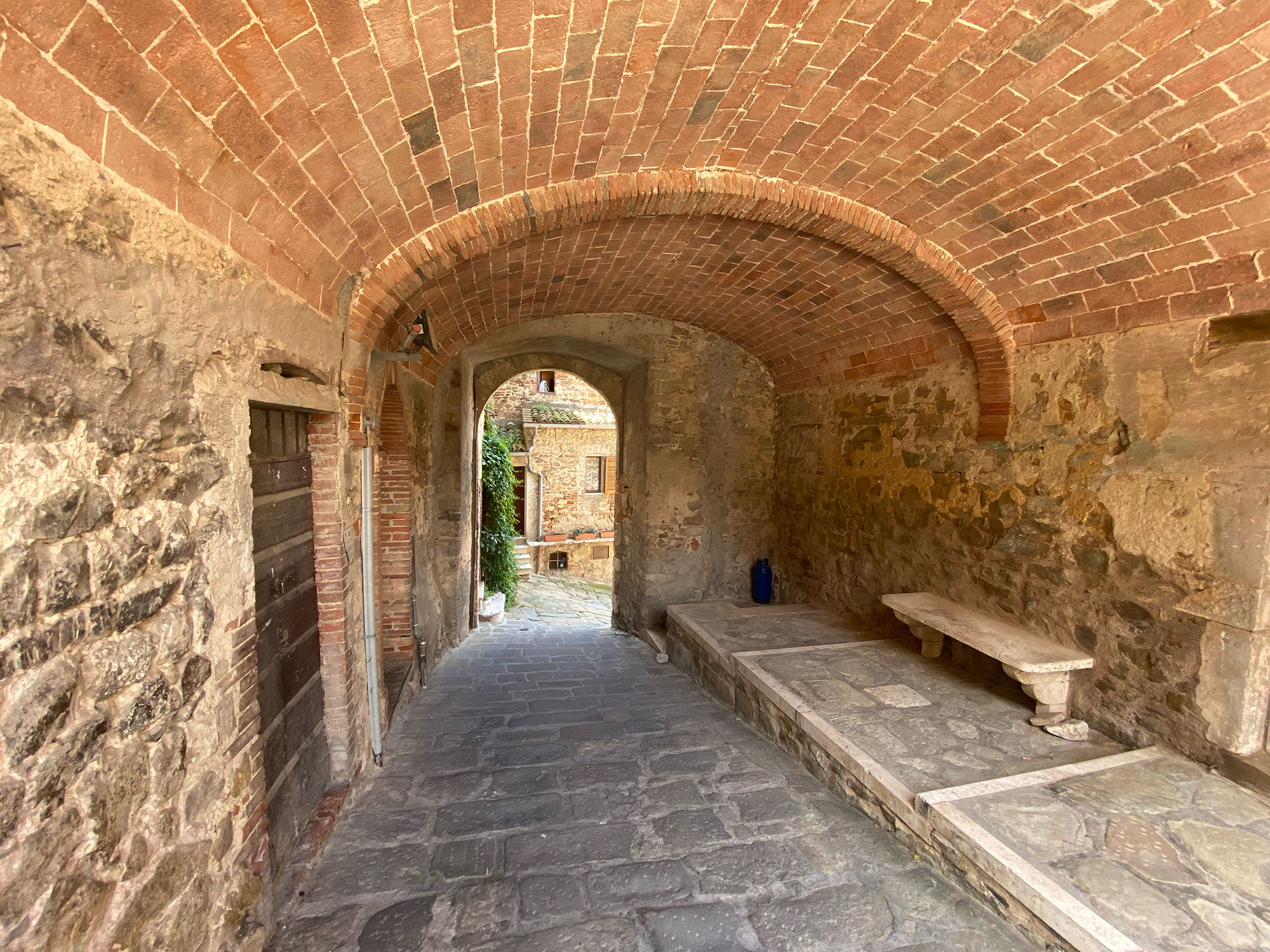
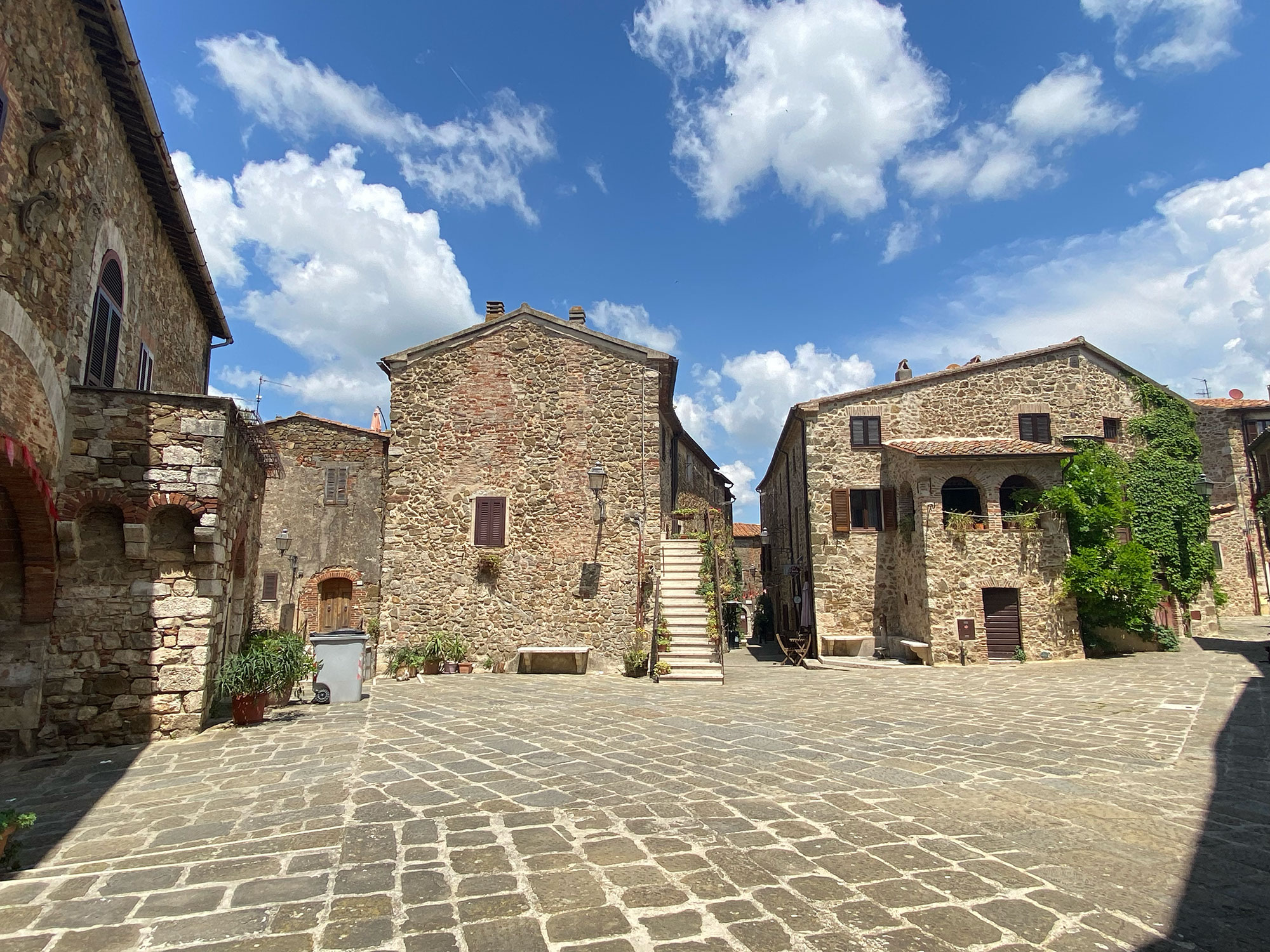
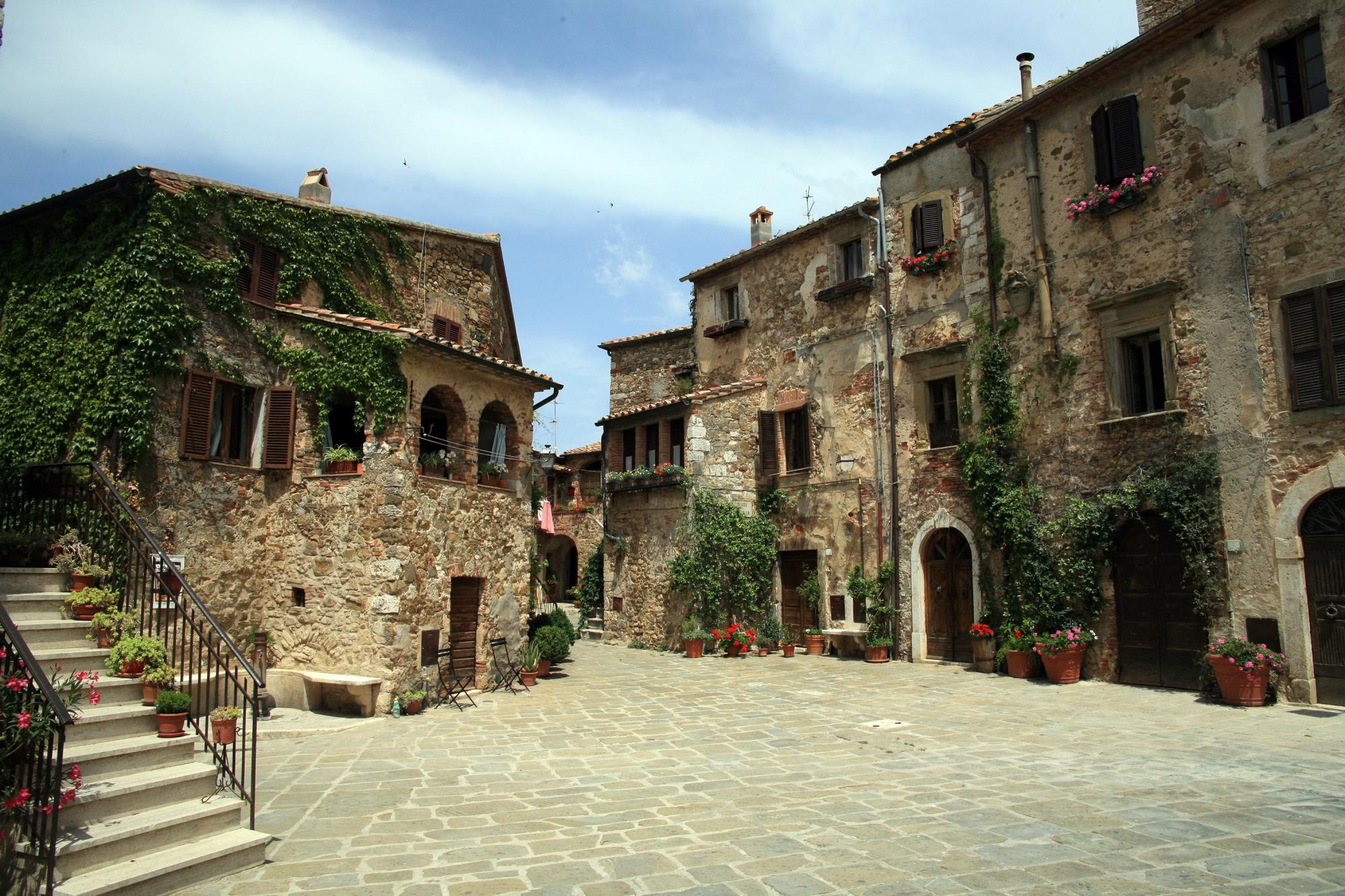
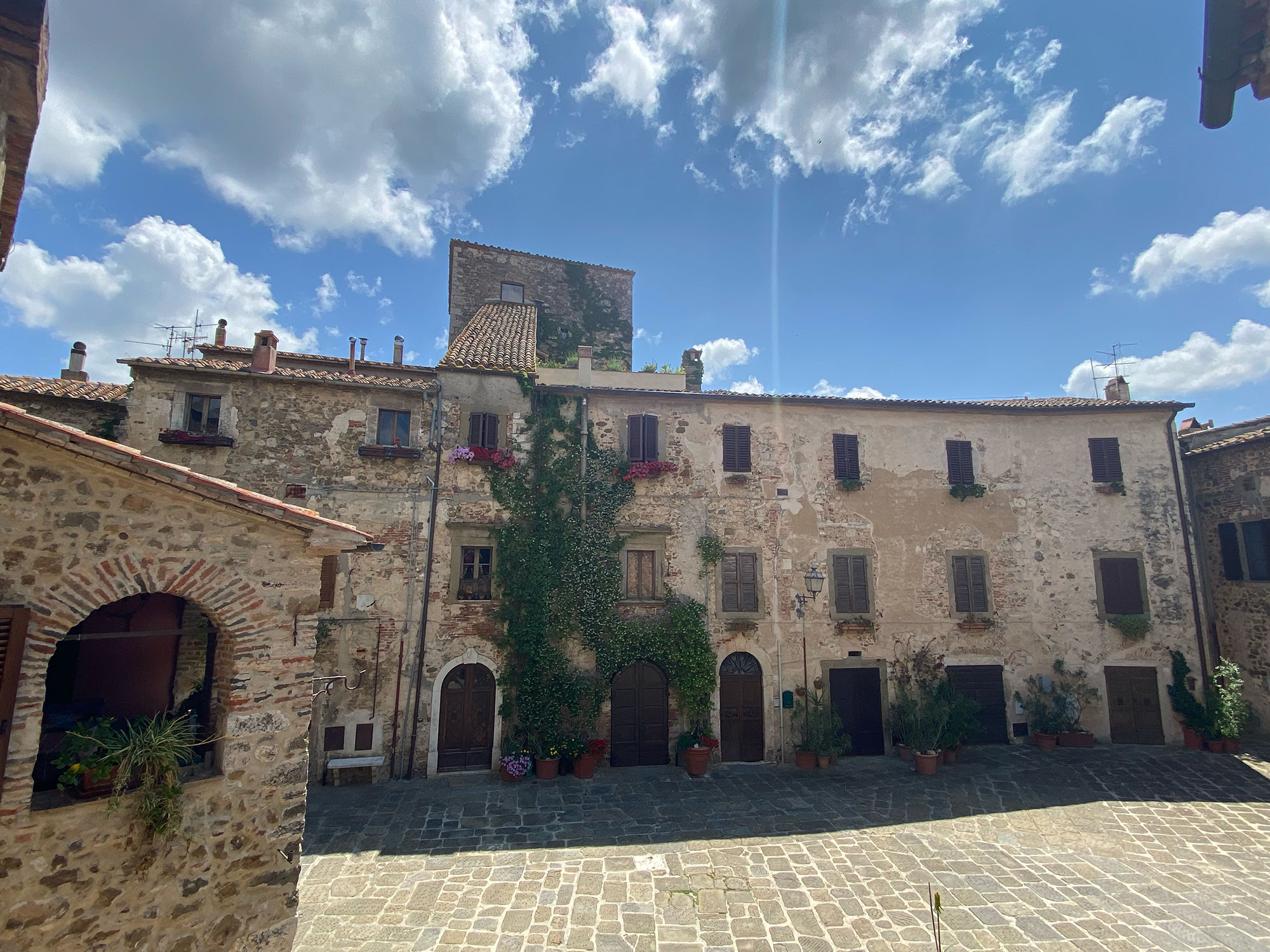
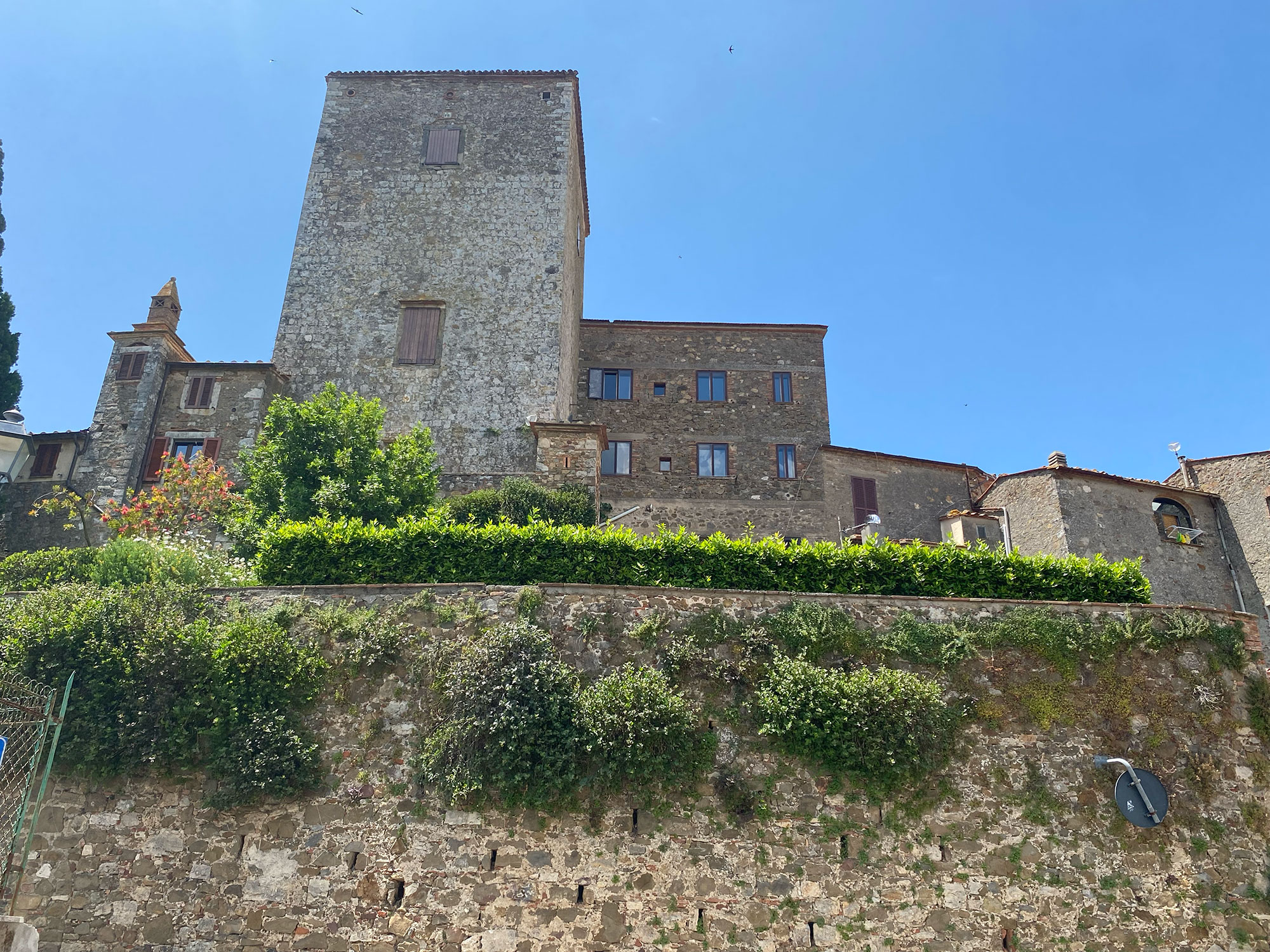
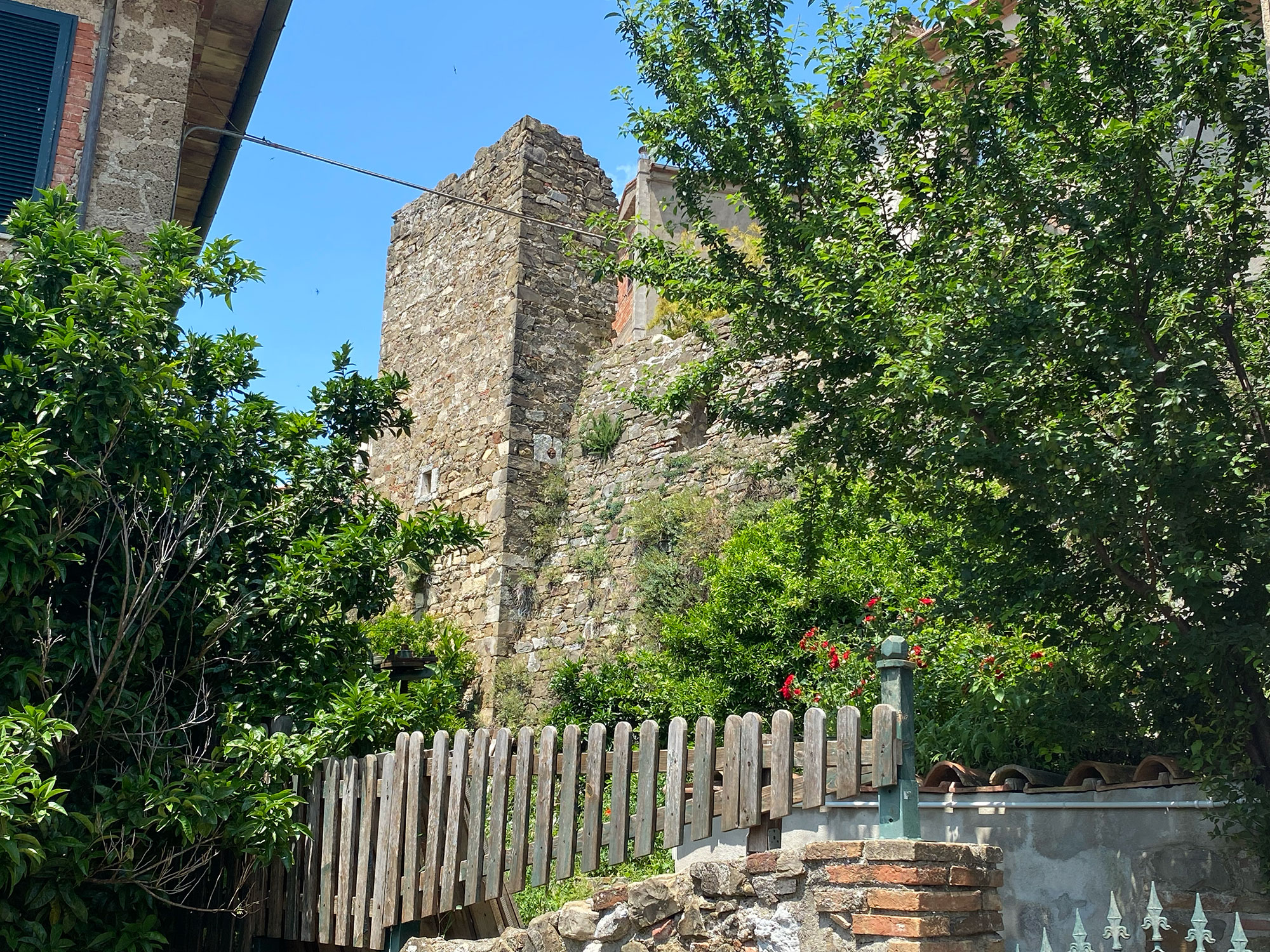
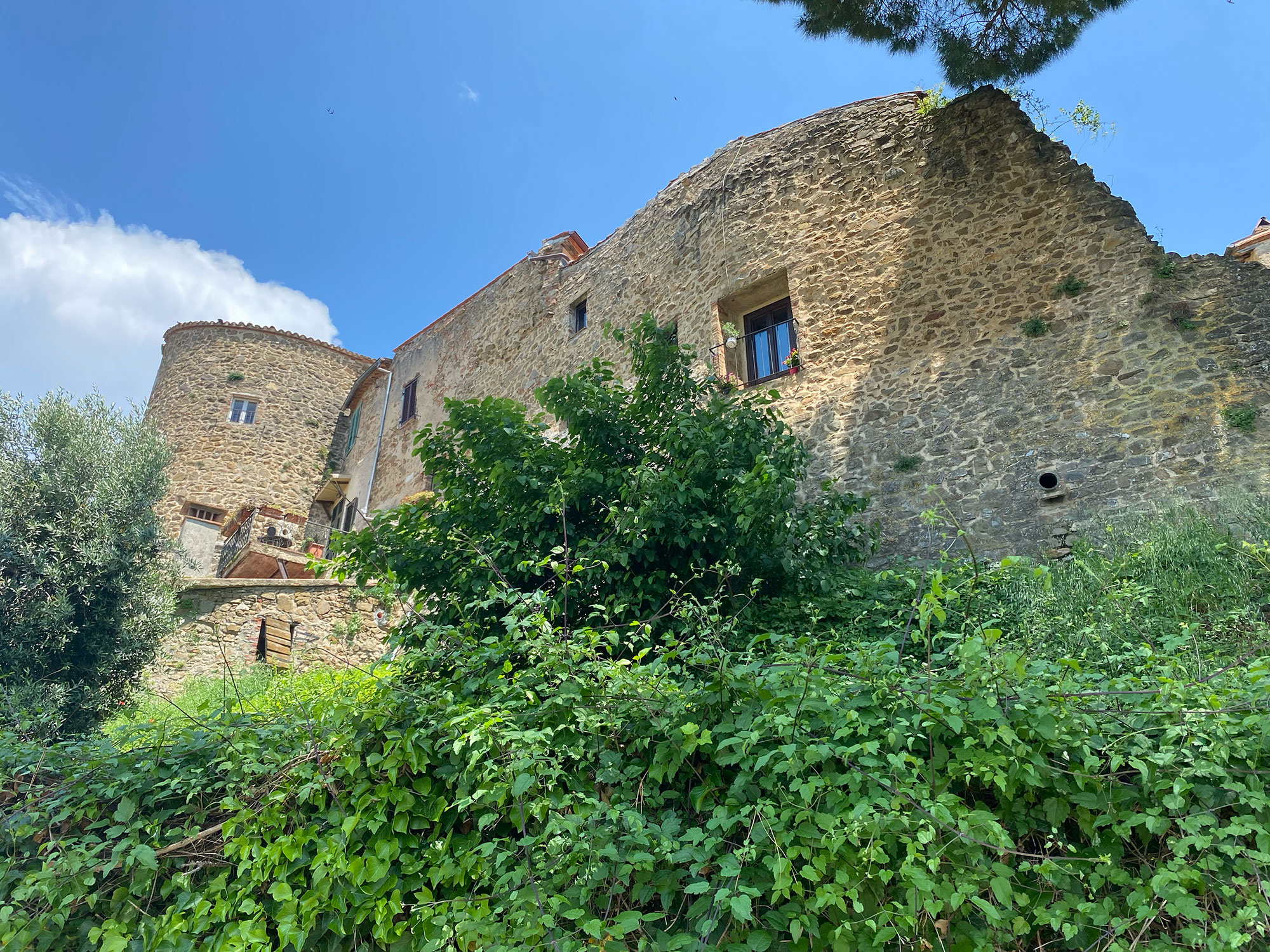
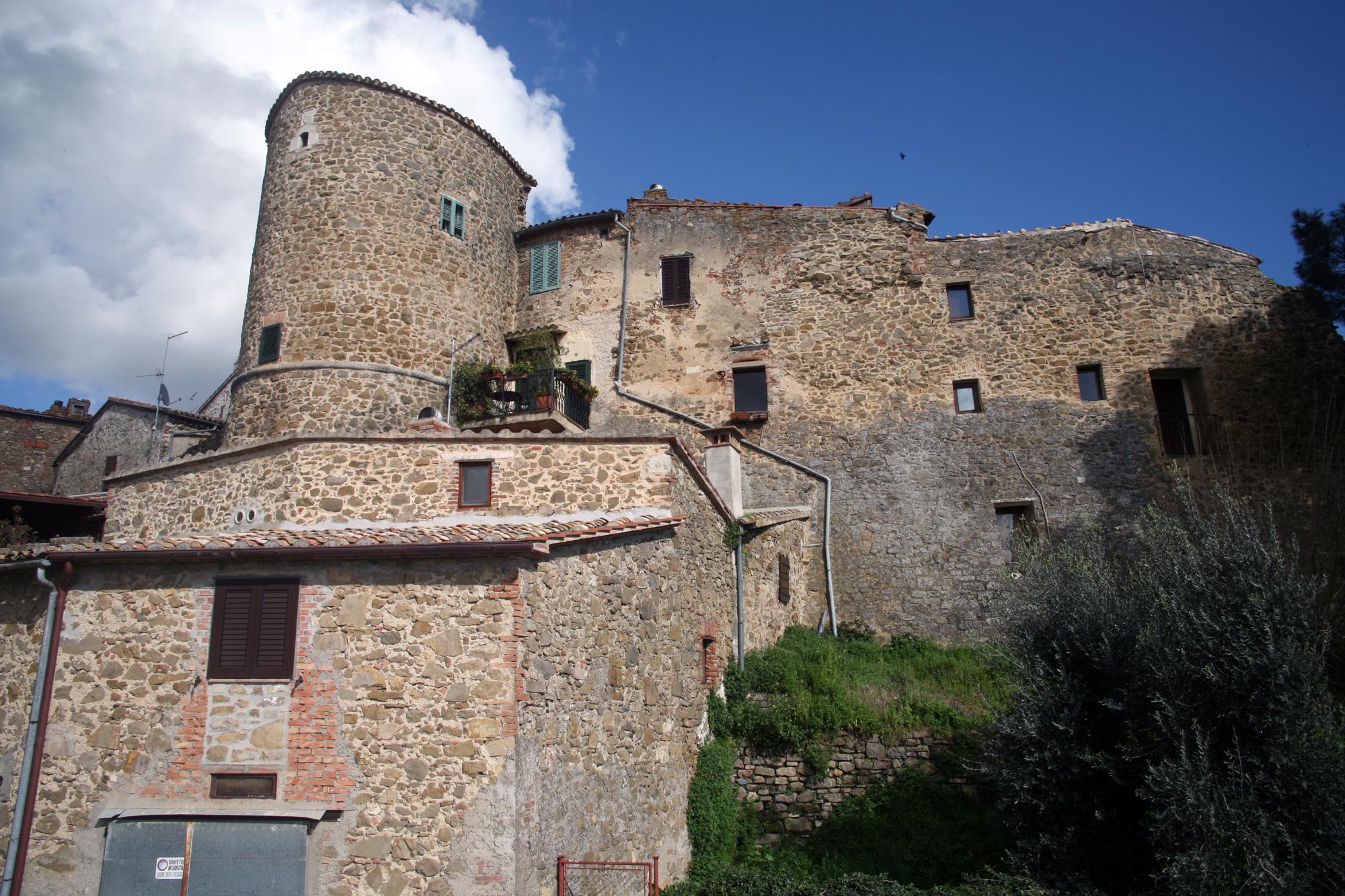
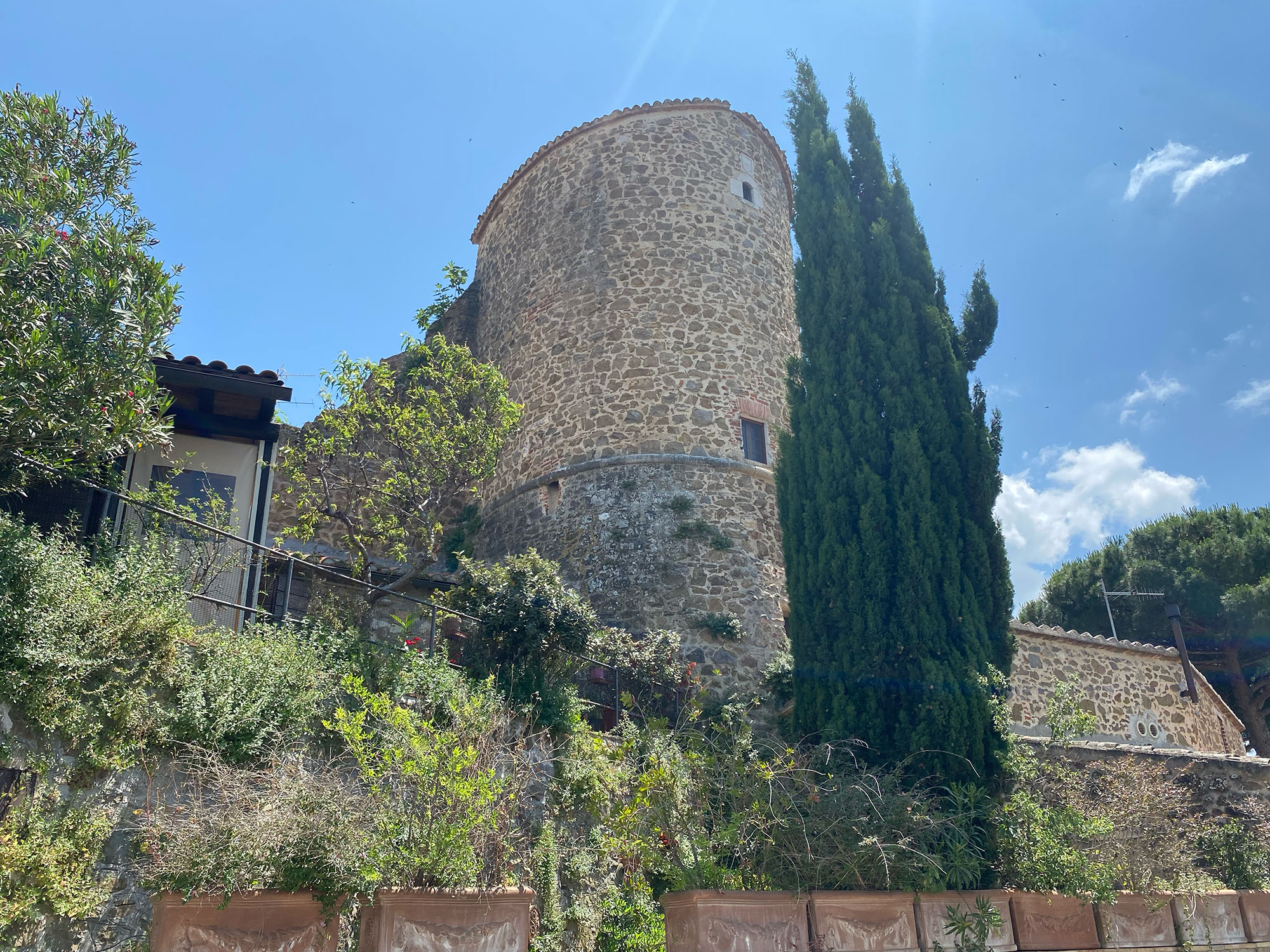
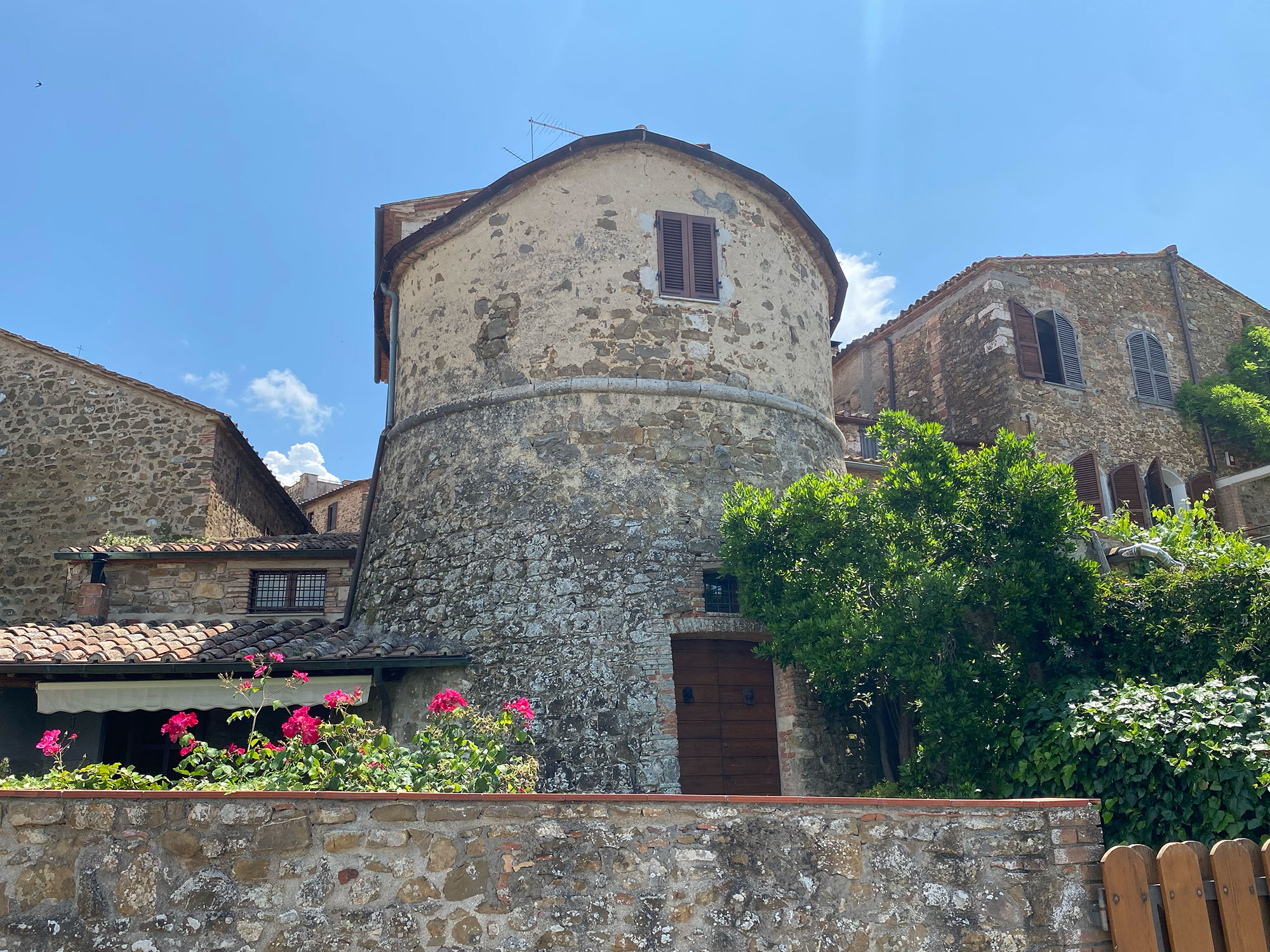
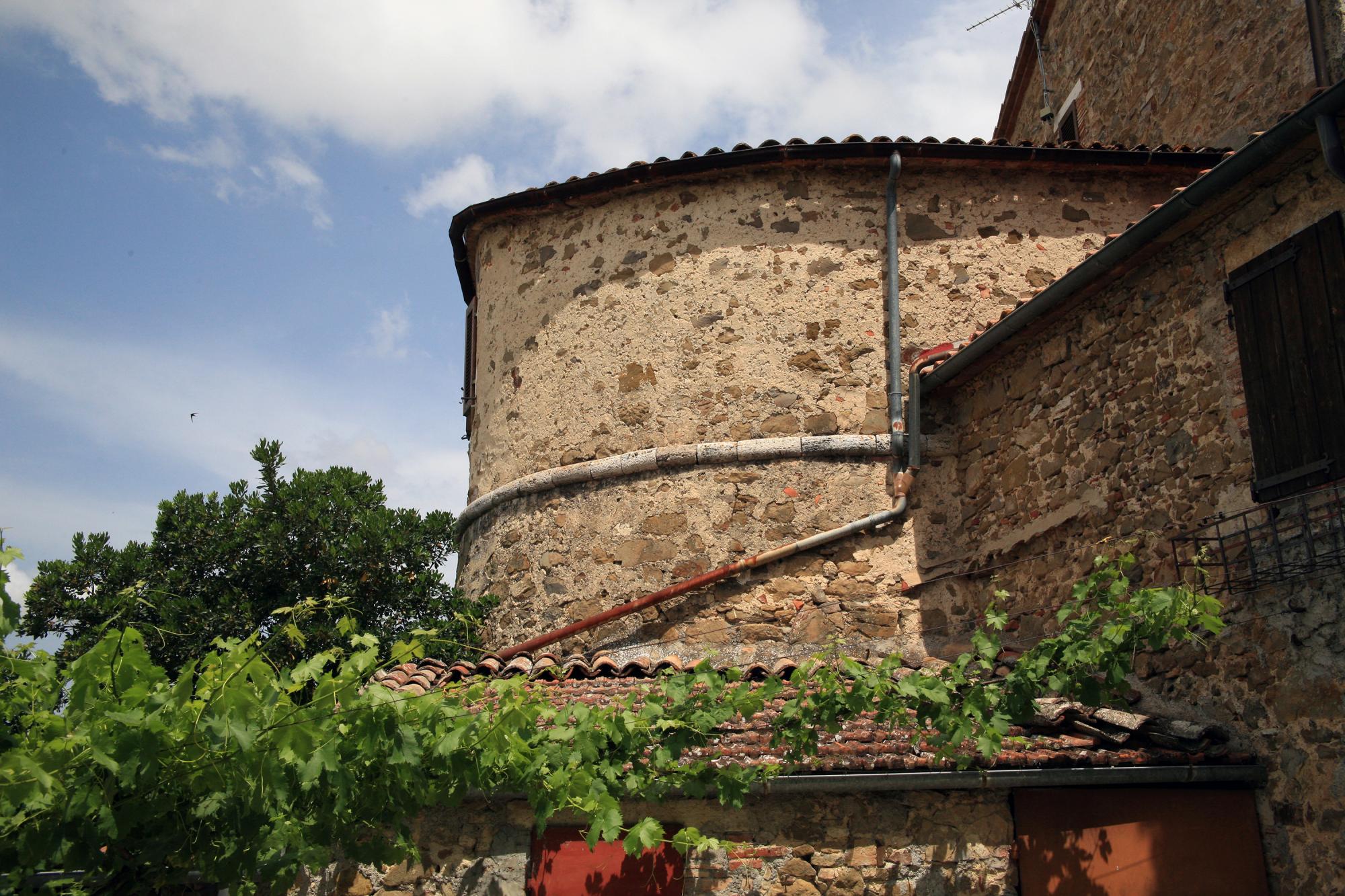
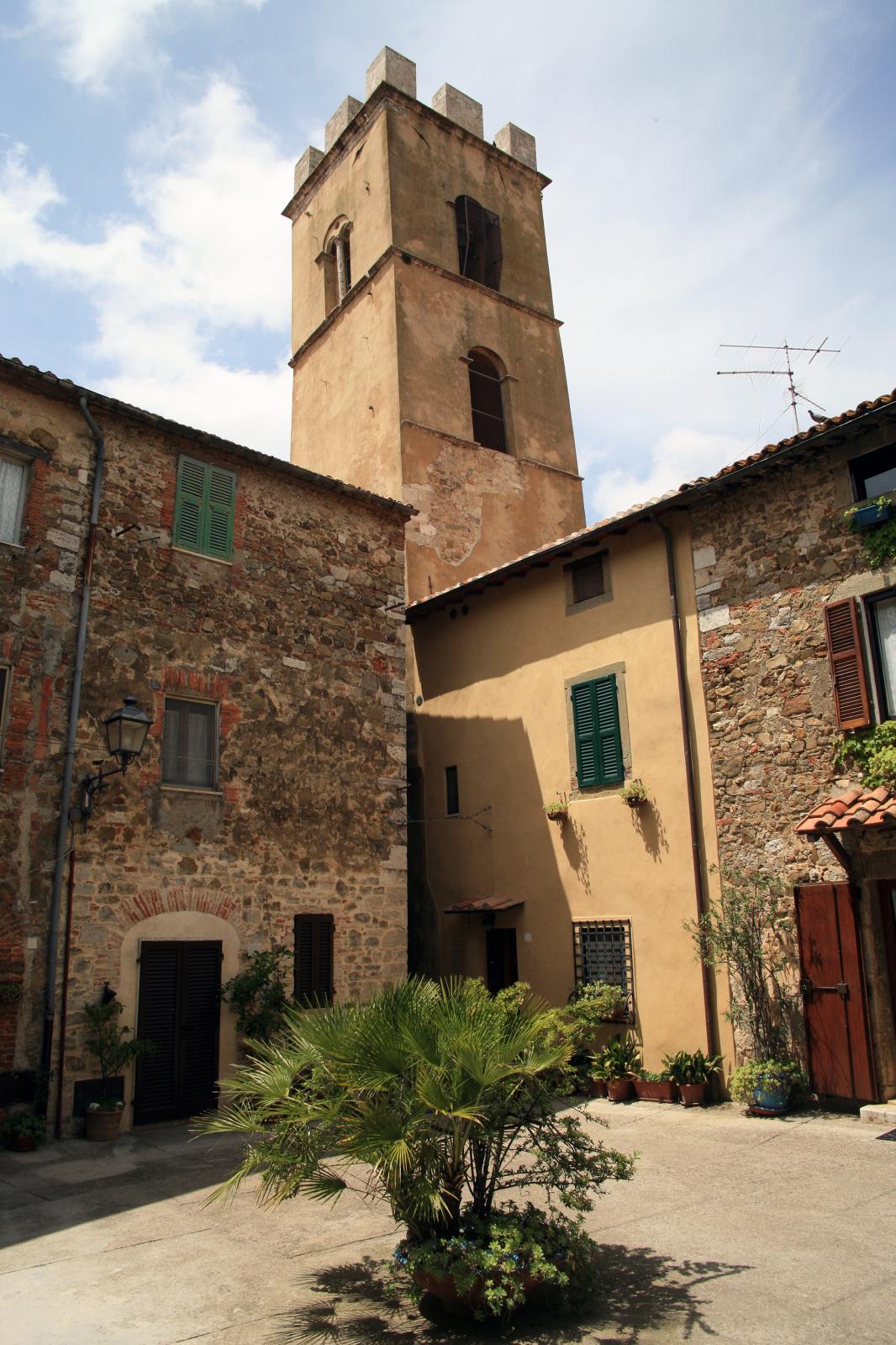






















How to reach
Montemerano is part of the municipality of Manciano (Grosseto), about 10km northwest of the province capital. In the splendid hills of the Maremma area, it's situated between the beautiful landscape and scenic views along state highway SS322 (towards Scansano), at the junction with the SP10 (towards the spa town of Saturnia).
History
Like most medieval villages at the time, Montemaremo developed around a central castle on Montemerano Hill, built by the Aldobrandeschi family in the 1200s. At the end of the 13th century, the Baschi family captured the town, and it became part of the Orvietan domain at the beginning of the 1300s. After the decline of the Orvietan power in the 15th century, the Sienese gained control of Montemerano and turned it into an important fortress. With the final fall of the Sienese Republic in the second half of the 1500s, the village became part of the Grand Duchy of Tuscany and its incredible history.
Sitting atop a hill surrounded by olive trees, the historic city center's walls, towers, fortress, and several stone buildings dating back to the Middle Ages and the Renaissance have been conserved despite modern efforts to make way for more profitable housing in the immediate surroundings.
The medieval walls of Montemerano, with batters (angled base walls) in blocks of limestone and travertine, enclose the entire village and are still easily discernible today. Erected in stages, and mostly rebuilt in the 1400s, they include the Cassero Senese stronghold, now an extremely modified square tower. To enter the village, one must pass through one of 2 doors: a low arch on the south side, or, facing north, a full arch inside a loggia opening onto "Church Square." The section lining the western part of town, built in the Renaissance, has two square and two circular towers. The northeastern side is equipped with a wall-walk.
San Giorgio Church, overlooking Piazza della Chiesa (Church Square), was built in the late Middle Ages. It was expanded in the first half of the fifteenth century, when the apse and transept were added. The church houses works of art from the Renaissance Age, including murals, tables, and vestments. The most striking piece is a recently restored polyptych (panel painting) by Sano di Pietro from the 1400s, featuring an enthroned Madonna with Child and saints. Another 15th century painting, La Madonna della Gattaiola (roughly translated to, "Madonna of the Cat Door"), gets its name from the clear presence of a hole (for the passage of cats) in the door on which it's painted.
The Tower of San Lorenzo was originally used as the bell tower of the medieval church of the same name, but was later dismissed and used as a private residence. Unfortunately, it currently has the ugly plastering imposed by the Superintendence for Artistic and Cultural Heritage of Siena and Grosseto.
The stunning Piazza del Castello, with its stone buildings and picturesque medieval layout, is Montemerano's true crowning achievement. A short, steeply sloping street leads to the entrance, which is accessible through an arched doorway. The 15th-century Church of the Madonna del Cavalluzzo is located in the countryside south-west of Montemerano.